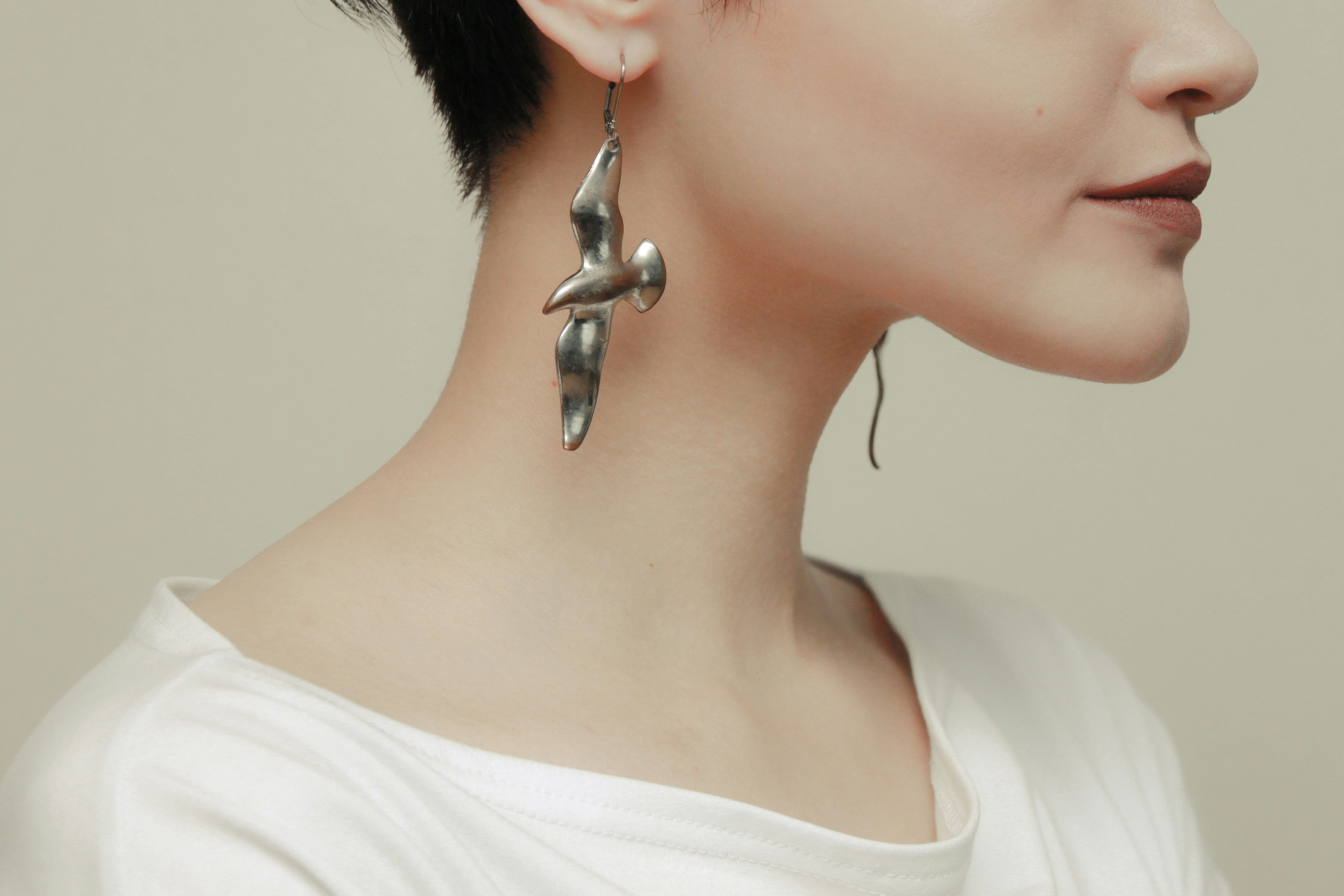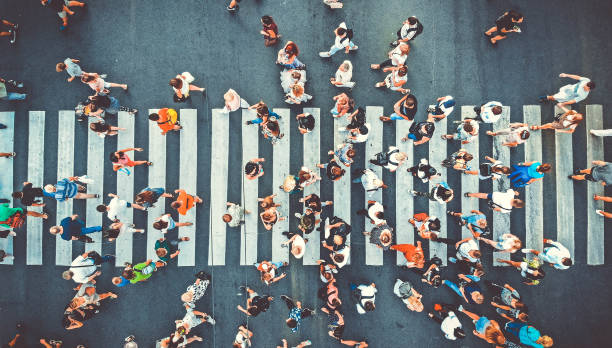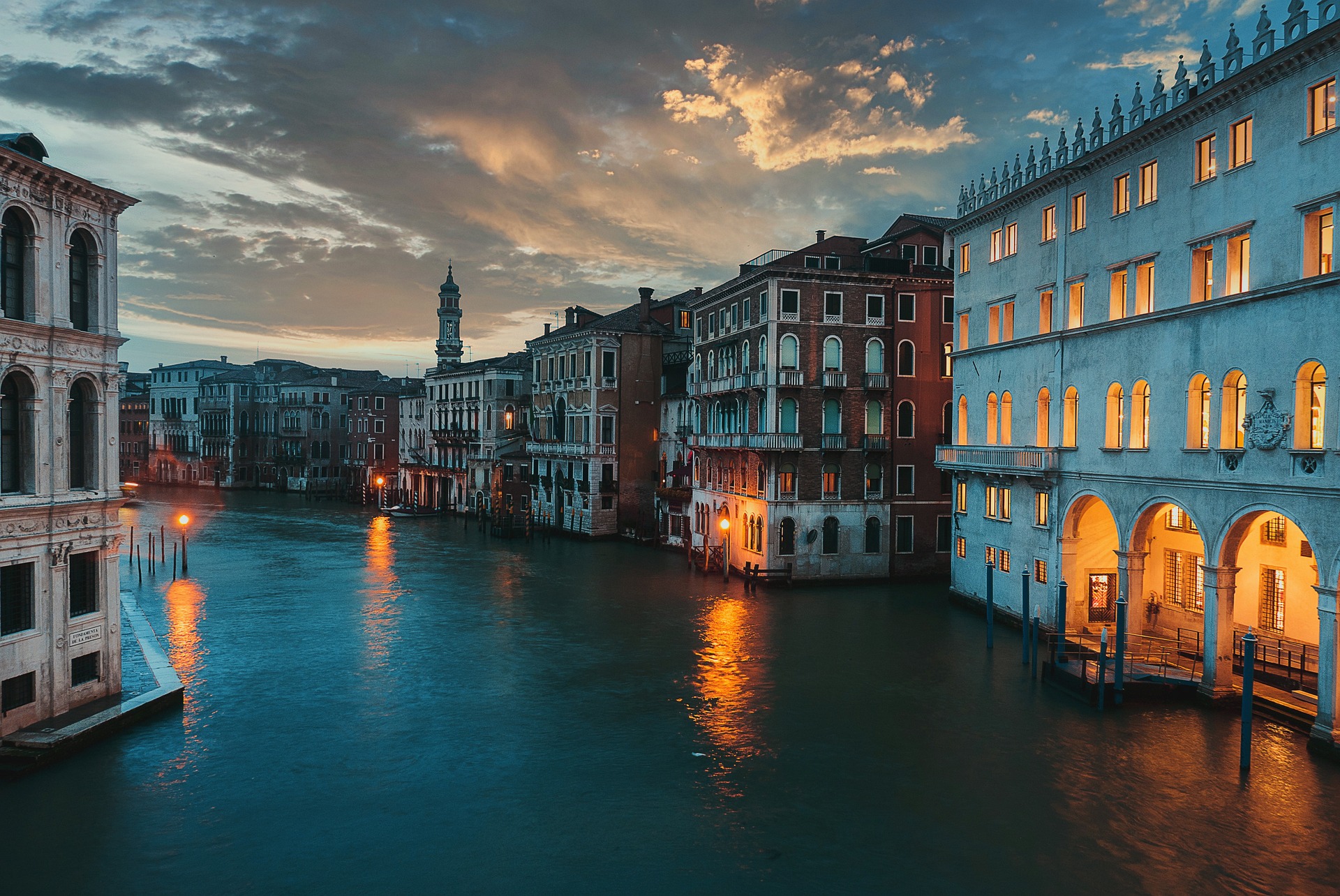Transcending Boundaries: The Emergence of Multidisciplinary Art Forms
Introduction: In an era where artistic boundaries are continually being challenged, a fresh wave of creative expression has emerged. Multidisciplinary art forms, blending various creative disciplines into one cohesive piece, are reshaping the landscape of arts and entertainment. This article delves into the origins, progression, and impact of this artistic trend, offering a fascinating exploration into its transformative power.

A Tapestry of Creative Disciplines
Multidisciplinary art forms represent a fusion of different artistic mediums. Historically, art was often compartmentalized into distinct categories—visual, performing, literary, and so forth. However, the late 20th century saw an increased blurring of these lines, as artists began to experiment with integrating multiple artistic disciplines into a single work.
The Rise of Multidisciplinary Art Forms
The advent of technology and digital media in the 21st century has accelerated the rise of multidisciplinary art forms. Artists now have access to an unprecedented array of tools and platforms, allowing them to create immersive experiences that transcend traditional art forms. This trend has been further fueled by the growing emphasis on individual expression and breaking conventions within the art world.
The Here and Now: Current Multidisciplinary Art Developments
Today, multidisciplinary art forms are thriving across the globe. From immersive installations that combine sculpture, light, and sound, to theatrical productions that blend dance, music, and visual art, these innovative creations are pushing the boundaries of artistic expression. Furthermore, they are increasingly being recognized within prestigious art institutions and festivals, signifying their growing prominence within the cultural sphere.
The Impact and Reception of Multidisciplinary Art
The impact of multidisciplinary art forms extends beyond their artistic innovation. By combining various mediums, these works often evoke a richer, more complex response from viewers. They challenge traditional notions of what art can be, inviting audiences to engage with art in new and more interactive ways. Reception to this trend has been largely positive, with critics applauding the creative freedom and experimental nature of these works.
Looking Forward: The Future of Multidisciplinary Art
As we move forward, it’s clear that multidisciplinary art forms have firmly established their place within the artistic landscape. The trend shows no signs of slowing down, with artists continuing to push the envelope in their quest for creative innovation. As such, the future of art may well be a world where boundaries between disciplines are not just blurred, but completely erased.
In conclusion, the rise of multidisciplinary art forms represents a significant shift in the world of arts and entertainment. By blending traditional boundaries and encouraging creative exploration, this trend is not only reshaping the way we create art, but also how we perceive and engage with it. As such, it offers an exciting glimpse into the future of artistic expression.




